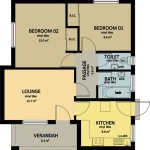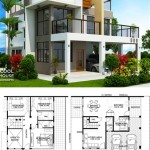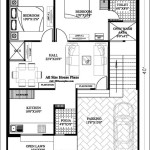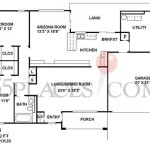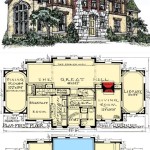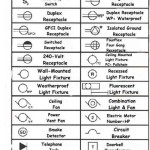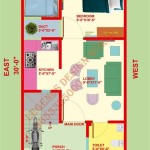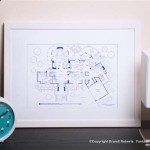Essential Aspects of House Floor Plans And Layouts
When it comes to designing the perfect home, the floor plan and layout play a crucial role in determining the functionality, flow, and overall livability of the space. Whether you're building a new home or renovating an existing one, understanding the key elements of house floor plans and layouts can help you create a space that meets your specific needs and lifestyle.
1. Functional Flow
A well-designed floor plan should ensure smooth and efficient movement throughout the home. The layout should allow for easy access to essential areas like the kitchen, living room, and bedrooms, while minimizing unnecessary traffic congestion. Consider the placement of doors, hallways, and stairs to promote a natural flow of movement between rooms.
2. Room Adjacencies
The relationship between different rooms in your home is critical for creating a functional and convenient space. Plan the adjacencies of rooms based on their intended uses and frequency of interaction. For instance, the kitchen should be adjacent to the dining room and living room to facilitate easy meal preparation and serving. Similarly, bedrooms should be located near bathrooms for convenient access.
3. Space Allocation
The size and proportions of each room should be carefully planned to accommodate your specific needs and preferences. Consider the intended use of each room and the number of people who will be utilizing it. Ensure that spaces are not too cramped or overly large, creating a comfortable and balanced environment.
4. Natural Light
Natural light can significantly enhance the ambiance and livability of your home. Orient the rooms to maximize natural light penetration. Consider the placement of windows, doors, and skylights to allow for ample sunlight while minimizing heat gain during summer months.
5. Outdoor Connections
Integrating outdoor spaces into your floor plan can create a seamless transition between indoor and outdoor living. Incorporate decks, patios, or balconies that extend the living areas outdoors. Plan for transition points, such as sliding doors or French windows, to facilitate easy access to the outdoors.
6. Storage and Built-Ins
Adequate storage is essential for maintaining a clutter-free and organized home. Plan for built-in storage solutions, such as closets, drawers, and shelves, to keep belongings neatly concealed. Consider the amount of storage you need in each room and choose storage options that complement the overall design.
7. Energy Efficiency
Incorporating energy-efficient features into your floor plan can reduce your energy consumption and environmental impact. Consider factors such as insulation, window glazing, and the orientation of the building to minimize heat loss and gain. Energy-efficient appliances and lighting can also contribute to a more sustainable home.
Designing a well-planned house floor plan and layout is a complex process that requires careful consideration of various factors. By understanding the essential aspects discussed in this article, you can create a home that is not only beautiful but also functional, comfortable, and tailored to your unique needs and lifestyle.

House Plans How To Design Your Home Plan

House Plans How To Design Your Home Plan

Floor Plans Types Symbols Examples

Floor Plans Types Symbols Examples

Floor Plans How To Design The Perfect Layout Cherished Bliss

Floor Plan App Live Home 3d

Small House Plans Popular Designs Layouts

Floor Plan Creator And Designer Free Easy App

Truoba Mini 615 Modern House Plan 924 3

Open Floor Plans Build A Home With Smart Layout Blog Dreamhomesource Com

